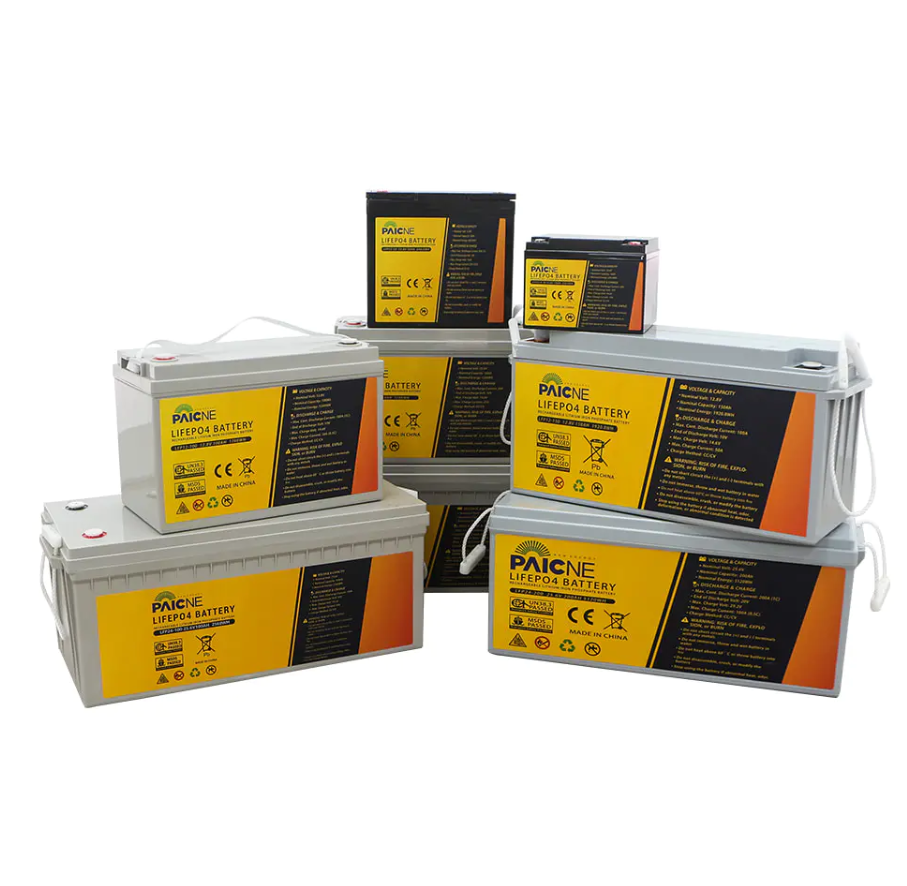The performance of Lithium Iron Phosphate Battery (LFP) in high-temperature environments is a critical factor in evaluating its suitability for various applications, particularly in regions with extreme climates or in systems prone to overheating. As the demand for energy storage solutions that can withstand harsh conditions grows, the LFP has emerged as a contender due to its unique thermal characteristics.
One of the standout features of the Lithium Iron Phosphate Battery is its thermal stability. Unlike other lithium-ion batteries that may suffer from thermal runaway—a dangerous condition where the battery overheats and can catch fire—the Lithium Iron Phosphate battery is less prone to this issue. The iron phosphate chemistry within the LFP battery provides a more stable structure that can better resist the degradation caused by heat. This makes the Lithium Iron Phosphate battery an attractive option for applications where high temperatures are a common occurrence, such as in electric vehicles operating in desert climates or solar energy storage systems.
The ability of the Lithium Iron Phosphate Battery to maintain its performance under high temperatures is not just a matter of safety; it also directly impacts the Lithium Iron Phosphate battery's lifespan. High temperatures can accelerate the aging process of lithium-ion batteries, reducing their overall capacity and efficiency over time. However, the Lithium Iron Phosphate battery's robustness against heat means that it can maintain a longer cycle life compared to other lithium-ion batteries. This endurance is particularly valuable in applications where the battery is subject to continuous use and high-temperature exposure, such as in grid storage systems that balance energy load during peak demand periods.
Moreover, the thermal management of the Lithium Iron Phosphate Battery is more straightforward due to its lower heat generation during operation. This simplifies the cooling requirements for systems that incorporate LFP batteries, leading to reduced costs and increased reliability. The lower internal resistance of the Lithium Iron Phosphate battery also contributes to less heat generation, which is another factor that helps it maintain performance in high-temperature conditions.
It's important to note that while the Lithium Iron Phosphate Battery exhibits superior heat tolerance, it does have a lower energy density compared to some other lithium-ion chemistries. This trade-off means that LFP batteries are often chosen for applications where safety and longevity are prioritized over energy density. For instance, in electric buses and industrial equipment, the LFP battery's ability to operate safely in high temperatures without compromising on cycle life is more critical than having the highest energy density.
In conclusion, the performance of Lithium Iron Phosphate Battery in high-temperature environments is a testament to its safety, longevity, and reliability. While it may not offer the highest energy density, its thermal stability and resistance to degradation make it an ideal choice for applications where heat is a significant concern. As technology continues to evolve, the LFP battery's performance in high-temperature conditions will likely remain a key factor in its selection for a variety of energy storage solutions.
Product Features:
1. High energy density: Lithium iron phosphate batteries have a high energy density, providing longer usage time and higher power output.
2. Long life: Lithium iron phosphate batteries use advanced materials and manufacturing processes, resulting in a longer service life and the ability to withstand more charge and discharge cycles.
3. High temperature tolerance: Lithium iron phosphate batteries can operate normally in high-temperature environments without being damaged or reducing performance due to excessive heat.
4. Fast charging: Lithium iron phosphate batteries support fast charging, allowing them to be fully charged in a short time, improving efficiency.
5. Safety performance: Lithium iron phosphate batteries have high safety performance, ensuring no explosion or fire hazards occur, making them safer and more reliable for use.
